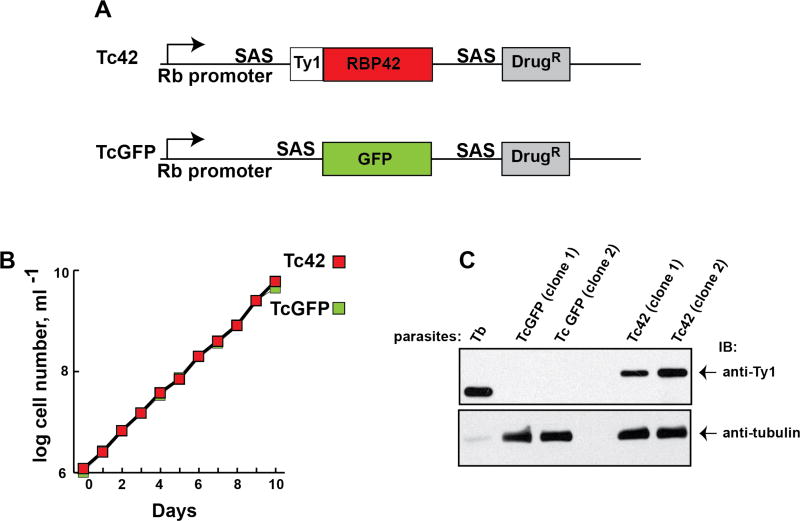Figure 2. Transgenic T. cruzi epimastigotes express Ty1-tagged RBP42.
Panel A: Schematic of relevant regions of Tc42 and TcGFP constructs derived from pTREX. The ribosomal RNA promoter (Rb promoter) and splice acceptor sequences (SAS) are indicated. The SAS contains the HX1 fragment (from TcP2beta) with its polypyrimidine tract and AG splice-leader acceptor site. The Ty1-epitope tag (Ty1), protein coding region (TcRBP42 in blue and GFP in green) and G418 drug resistance marker (DrugR) are indicated. (RBP is the abbreviation for RNA-binding protein and 42 clarifies that RBP42 is the 42nd identified RNA-binding protein in trypanosomatids.)
Panel B: Growth curves of transgenic T. cruzi epimastigotes containing Tc42 or TcGFP constructs. To keep parasites in log phase growth, cultures were diluted to 1×10^6 cells/mL when their density reached 1×10^7 cells/mL. Direct microscopic observation using a hemocytometer was done for all cell counts. Results of a single clone are shown; however, similar growth curves were observed for additional clones.
Panel C: Immunoblot analysis of total soluble protein from transgenic cell lines shows the Ty1-tagged RPB42 is present in Tc42 parasites and absent in TcGFP parasites. Protein from T. brucei (Tb) parasites expressing Ty1-tagged RBP42 was used as a positive control for Ty1 antibody specificity. Protein loading of T. cruzi extracts was confirmed using anti-tubulin. To easily detect T. brucei RBP42, protein concentrations were adjusted. Antibodies are indicated on the right.

